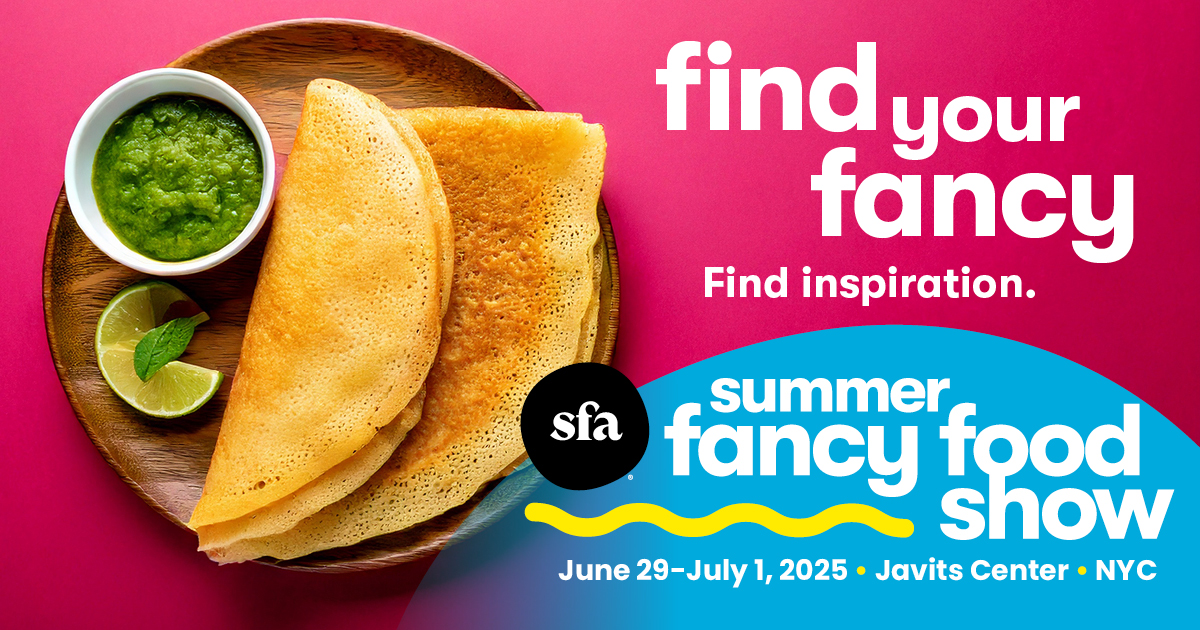
Chamberlains of London – Summer Fancy Food Show kicked off on June 29 at the Javits Center in New York City and immediately captured attention as North America’s largest specialty food event. With over 40 categories represented, this gathering served as a major launchpad for emerging culinary ideas and product innovations. Attendees from all over the world explored everything from eco-friendly packaging to exotic ingredients sourced directly from small producers.
Artisans, chefs, and retail buyers filled the halls to experience trends first-hand and scout new inventory for the upcoming season. Each booth provided an interactive experience with tastings, demos, and networking sessions. Although many exhibitors showcased refined versions of traditional items, others presented daring inventions designed to challenge industry norms. Wellness products, especially functional beverages and nutrient-rich snacks, drew significant interest. As the show continues through July 1, its influence on food retail and dining is expected to ripple across both local markets and international suppliers.
Plant-based alternatives dominated conversations on the show floor. Brands introduced dairy-free cheeses crafted from seeds and nuts, meat substitutes made with jackfruit or fungi, and beverages built around oat, hemp, and pea protein. This wave of creativity reflected growing consumer demand for products that satisfy ethical, environmental, and health-conscious goals without sacrificing taste. One standout exhibit featured barbecue-style vegan jerky made from marinated mushrooms, offering both a familiar texture and bold flavors.
In contrast, another booth highlighted chilled desserts created from avocados, impressing visitors with richness and clean ingredients. Innovation was not limited to replication of animal products but also expanded into unique items that never existed before. For example, fruit-based sushi bites and seaweed-enhanced condiments were presented as fresh pantry staples. While some items had already reached niche markets, others debuted for the first time at this event. Buyers and distributors took note, as plant-based growth shows no signs of slowing.
“Read about: EU Good Food Makes a Fresh Impression at Seoul Food & Hotel 2025”
Sustainability emerged as a central theme, influencing how brands packaged, sourced, and promoted their products. Several companies showcased compostable wrappers, reusable jars, and carbon-labeling systems that reflect the full environmental impact of each item. Ingredients were often highlighted for their regenerative farming practices, reduced water usage, or support of indigenous communities. Many attendees gravitated toward displays that told stories of supply chain transparency and ethical sourcing. Seaweed-based snacks were promoted not only for their flavor and nutrition but also for their minimal ecological footprint.
Meanwhile, brands offering upcycled ingredients such as cookies made from spent grains or chips from vegetable peels attracted positive feedback from buyers seeking zero-waste options. Though sustainability has been a buzzword in the food world for years, this event made it clear that responsible production is evolving from a trend into a new standard. As a result, both retailers and food service operators are adjusting their criteria when selecting future inventory.
International influences were strongly represented at the 2025 Summer Fancy Food Show, bringing together spices, sauces, and snacks from across continents. African, Southeast Asian, and Middle Eastern flavor profiles made a bold showing, with ingredients like berbere, pandan, and preserved lemon being featured in new applications. Artisans blended authenticity with modern presentation, creating sauces, marinades, and side dishes that bridge cultural heritage and culinary creativity.
Korean gochujang-infused caramel candies, Brazilian tapioca crisps, and Indian-inspired spice teas were among the most talked-about products. These offerings not only provided diverse tastes but also opened dialogue about cultural preservation through food. Immigrant-owned businesses and minority-led startups received high visibility, with many booths drawing long lines of curious tasters. Though not every flavor may reach mass appeal, the strong presence of global inspiration is shaping what will land on shelves and menus in the coming year. Food is not just nourishment it is becoming a tool for connection and cultural storytelling.
Wellness foods stood at the forefront of buyer interest, signaling a shift in how consumers view food as part of daily self-care. Functional ingredients like adaptogens, probiotics, and prebiotics were infused into everything from granola to sparkling beverages. New product lines promised benefits ranging from immune support to stress reduction. Shoppers are no longer satisfied with basic nutritional claims they seek targeted outcomes, and the vendors delivered. Low-sugar alternatives appeared in all categories, particularly in beverages and desserts, showing that indulgence and wellness can coexist. Fermented snacks, superfood-infused spreads, and antioxidant-rich confections sparked curiosity among both health-focused buyers and casual visitors. The integration of science-backed health messaging was handled carefully, ensuring clarity without overwhelming packaging. Instead of labeling products as dietary solutions, many exhibitors focused on balance and joy in eating. This approach resonated well, especially with younger demographics who prioritize transparency and purpose in their food choices.